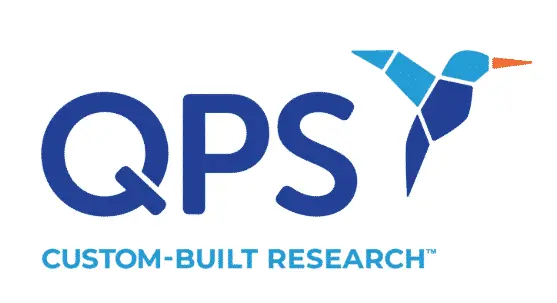Cell and gene therapies (CGTs) are quickly making their way from theory to clinical practice, primarily because they target specific disease drivers rather than the broad targets of small-molecule therapies. This specificity is possible because cell and gene therapies target genes and cells to change the way tissues function. The goal for both types of treatment is to introduce healthy cells or correct mutations on patients’ genes.
Just four years ago, the first CGT treatment was approved by the FDA. Today, nine therapies are approved, and, according to PhRMA, the number of treatments in clinical trials increased by 25% over the past year, going from 289 to 362. Even more treatments are in preclinical stages and are expected to enter the clinical trials pipeline.
Diseases Targeted with Cell and Gene Therapies
Nearly half of all cell and gene therapies in clinical trials are aimed at treating cancer. One promising cancer treatment merges cell and gene therapy in a process known as CAR-T. CAR-T therapy takes immune cells from a patient and alters the DNA to react toward cancer cells. The immune cells are then reintroduced to the patient, allowing his or her own immune system to fight the cancer.
Two CAR-T treatments have already been approved by the FDA. These treatments have helped some cancer patients when no other treatment plan was working. With more research, these treatments could become more widespread and treat a larger number of cancers.
Researchers are also looking at cell and gene therapies for genetic diseases and rare diseases. A third of all cell and gene therapy treatments in the clinical pipeline target rare diseases. This is encouraging as many of these diseases have no current medical interventions – in addition to offering treatment options, the pipeline includes candidates that show the potential of being a “once and done” treatment.
Some promising therapies in development include:
- RGX-314 is a gene therapy aimed at treating diabetic retinopathy by introducing a gene for the anti-VEGF fab protein, a monoclonal antibody fragment. This neutralizing antibody fragment targets an angiogenic growth factor that is overproduced in people with diabetes, possibly due to genetic and epigenetic changes. Current treatments for diabetic retinopathy rely on injections of anti-VEGF agents. A gene therapy could allow the patient to produce these agents on their own, eliminating their reliance on regular interventions.
- PF-07055480 is a gene therapy developed to treat hemophilia A by increasing production of factor VIII. Current treatment for hemophilia A relies on factor VIII replacement therapy with multiple, regular injections. Factor VIII replacement is effective for patients with moderate to severe disease. A gene therapy for hemophilia A could stimulate the patient to produce factor VIII and eliminate the need for replacement therapy.
- CXCR4 is a CAR-T cell treatment designed to treat multiple myeloma. Immune cells are harvested from the patient and then modified to recognize BCMA, a receptor protein on the surface of malignant myeloma cells. Multiple myeloma has been historically difficult to treat, and many patients relapse after treatment. CXCR4 is currently in Phase I trials.
The Future of Cell and Gene Therapies
Research on cell and gene therapies is rapidly expanding, but there are many challenges facing the industry as biomanufacturers work to bring these treatments to the market. For example, because cell and gene therapies target narrow disease drivers, they can’t be applied to broad classes and subclasses of disease. As new treatments emerge, companies will have to balance manufacturing capacity with total patient population. This also affects the cost of the treatment. With limited patient populations for a given treatment and high R&D costs, cell and gene therapies will be more expensive than small molecules and biologics. Combine these issues with others, such as the lack of sufficient raw materials, such as viral vectors, and it’s easy to see how CGT development could face headwinds.
Still, biopharmaceutical companies are making progress. In the next 10 years, it is estimated that more than 30 new treatments will be approved, disrupting the pharmaceutical industry and reshaping how we deliver medicines.
QPS is a GLP- and GCP-compliant contract research organization (CRO) delivering the highest grade of discovery, preclinical and clinical drug research development services. Since 1995, it has grown from a tiny bioanalysis shop to a full-service CRO with 1,100+ employees in the U.S., Europe and Asia. Today, QPS offers expanded pharmaceutical contract R&D services with special expertise in neuropharmacology, DMPK, toxicology, bioanalysis, translational medicine and clinical development. An award-winning leader focused on bioanalytics and clinical trials, QPS is known for proven quality standards, technical expertise, a flexible approach to research, client satisfaction and turnkey laboratories and facilities. Through continual enhancements in capacities and resources, QPS stands tall in its commitment to delivering superior quality, skilled performance and trusted service to its valued customers. For more information, visit www.qps.com or email info@qps.com.








